VCBO has always worked to provide the most energy efficient projects possible, within the project budget and performance expectations set forth by the Owner. With this approach, we have designed and constructed a number of LEED certified schools, as well as numerous high-performing schools across the State. |
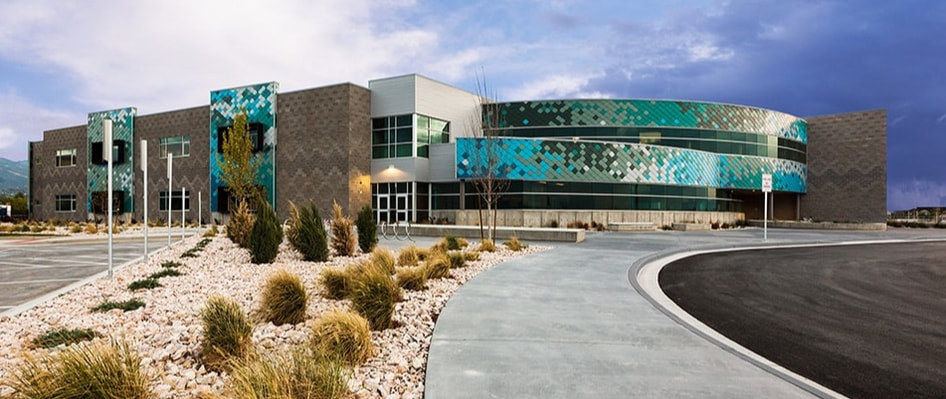
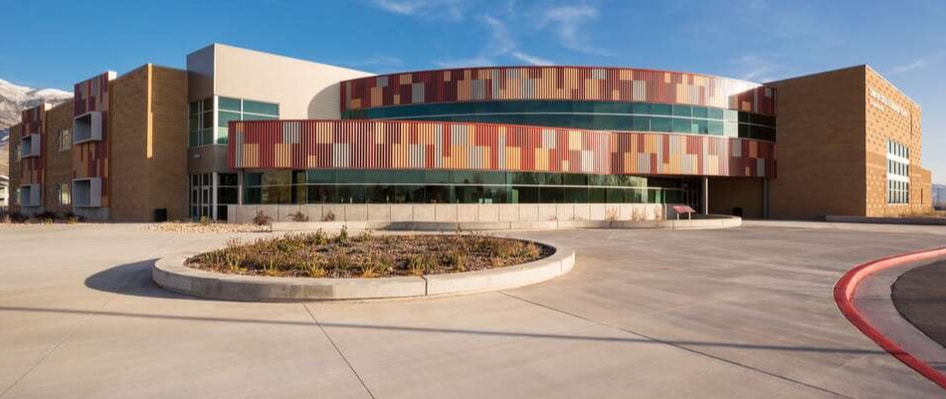
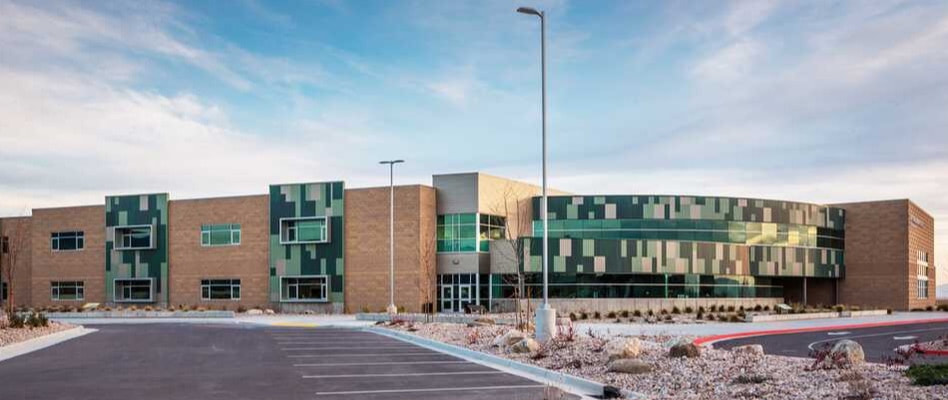
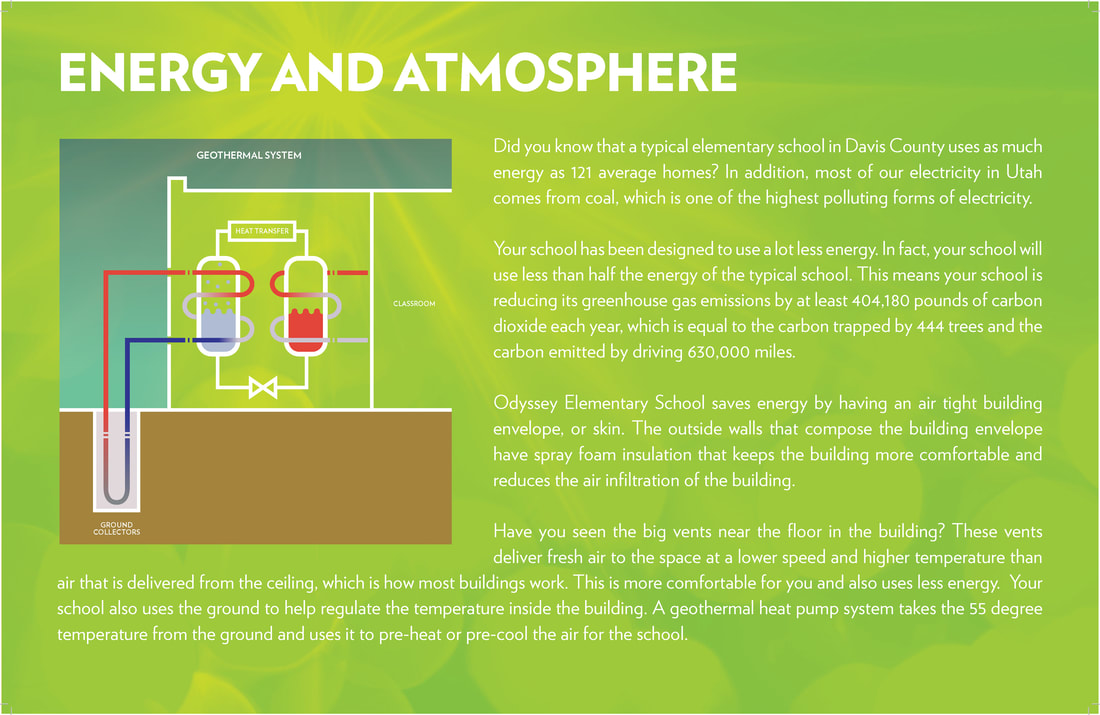
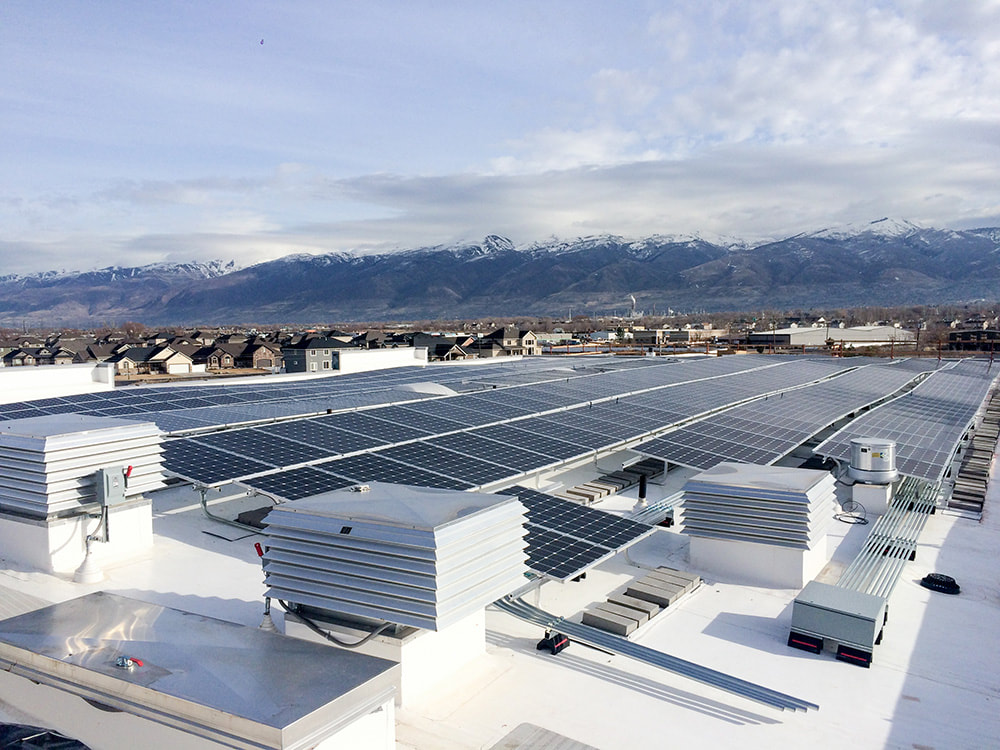
 RSS Feed
RSS Feed
